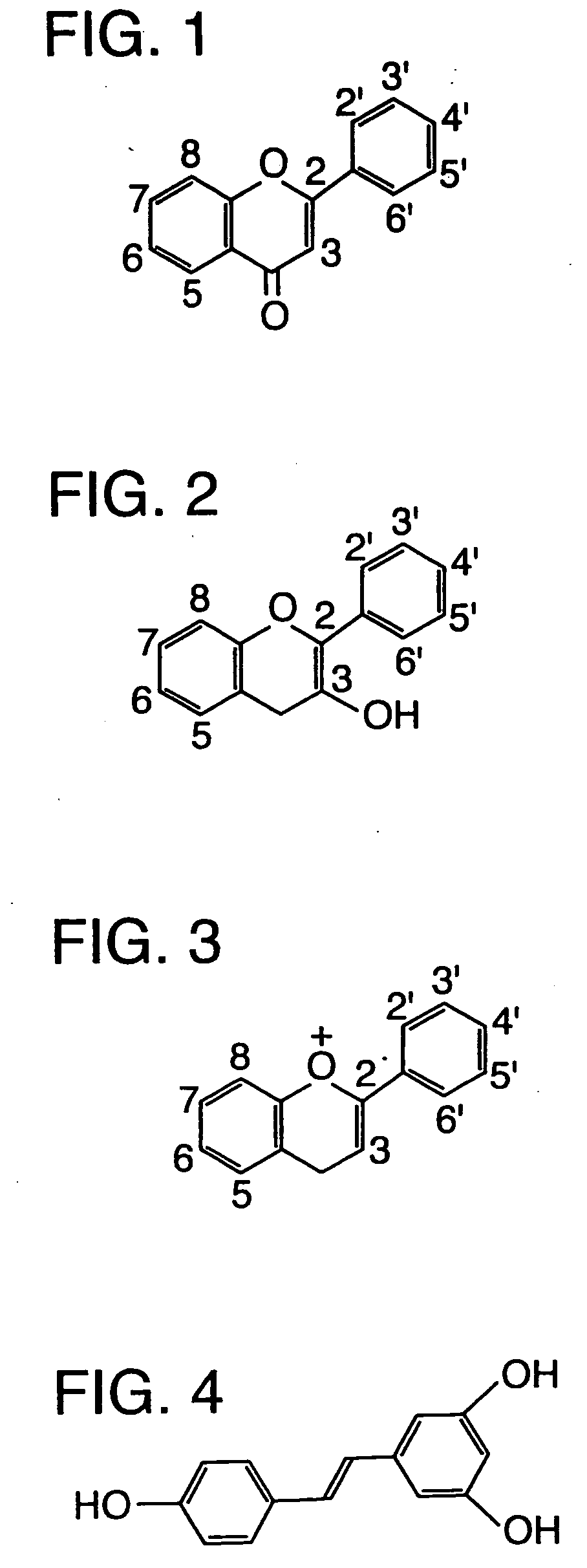High molecular weight, lipophilic, orally ingestible bioactive agents in formulations having improved bioavailability
a bioactive agent and high molecular weight technology, which is applied in the direction of capsule delivery, peptide/protein ingredient, capsule delivery, etc., can solve the problems of not being readily absorbed by the digestive tract of the human body, scientists involved in the formulation of such products, and not being able to soluble in water. , to achieve the effect of increasing the absorption of a large and increasing the shelf life of the preparation
- Summary
- Abstract
- Description
- Claims
- Application Information
AI Technical Summary
Benefits of technology
Problems solved by technology
Method used
Image
Examples
Embodiment Construction
Explanation of Terms:
[0026] Antioxidant: An agent that inhibits oxidation. Examples are Vitamin A and Vitamin C.
[0027] Bioactive agent: An agent (such as an oral dosage preparation) having a biological activity. An example of a bioactive agent is a therapeutic agent, which is administered to maintain health, inhibit its deterioration, or treat or inhibit a pathological condition. Some bioactive agents may be other than therapeutic agents, for example diagnostic agents. Nutritional supplements are examples of bioactive agents.
[0028] High Molecular Weight: Having a molecular weight of at least 200. In specific examples, high molecular weight agents will have a molecular weight of at least 300, 400, 500, 800, 1000 or more.
[0029] Lipophilic: Tending to dissolve in lipid and non-polar solvents, but is sparingly soluble to insoluble in water. Lipophilicity can be measured by a tendency to segregate with lipids in a water / oil mixture. Highly lipophilic substances have an octanol / water...
PUM
| Property | Measurement | Unit |
|---|---|---|
| temperature | aaaaa | aaaaa |
| molecular weight | aaaaa | aaaaa |
| lipophilic | aaaaa | aaaaa |
Abstract
Description
Claims
Application Information
 Login to View More
Login to View More - R&D
- Intellectual Property
- Life Sciences
- Materials
- Tech Scout
- Unparalleled Data Quality
- Higher Quality Content
- 60% Fewer Hallucinations
Browse by: Latest US Patents, China's latest patents, Technical Efficacy Thesaurus, Application Domain, Technology Topic, Popular Technical Reports.
© 2025 PatSnap. All rights reserved.Legal|Privacy policy|Modern Slavery Act Transparency Statement|Sitemap|About US| Contact US: help@patsnap.com

